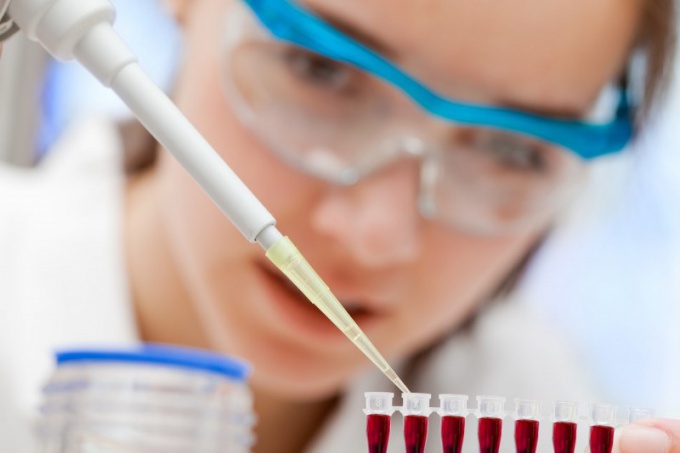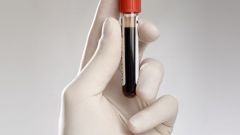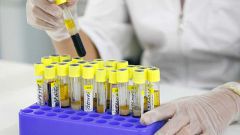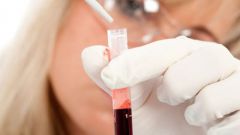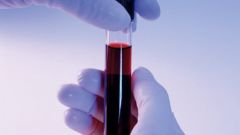Analysis
Need to analyse the amount of blood (10 ml) is drawn from the patient's vein into the tube. The vessel obtained by the blood is sent to the laboratory for analysis with the use of special equipment and tracking chemical reactions. During the study identifies important indicators and characteristics of blood. Based on the obtained results, the patient may need to undergo additional diagnostic procedures. The results of the analysis can tell the doctor about the approximate location of the problem and help to make a correct diagnosis.
Indicators biochemistry
The most important component of the test is to measure the level of glucose or sugar in the blood. Increasing quantities of these substances tells about diabetes, which is a serious disease, threatening human life and requiring the appointment of a special therapy. A sharp decline in sugar (hypoglycemia) is also dangerous condition which can cause serious damage to human health. Normal glucose should be between 3.3 mmol/g and 5.5 mmol/g.
The analysis also set the level of transaminase (ALT and AST) are intracellular enzymes. They point to cell death in human organs. With the increase in this indicator is a high possibility of diseases such as myocardial infarction, hepatitis, cirrhosis. AST and ALT may be increased as a result of extensive internal injuries.
Increased bilirubin (20 µmol/l) talks about the problems with the gallbladder or the liver. Increasing the amount of a substance in the blood is manifested in patients with impaired flow of bile. Cholesterol levels can tell the doctor about problems with blood vessels (eg, atherosclerosis) and increased risk of occurrence of cardiovascular diseases. Normal amount of cholesterol should not exceed more than 6.5 mmol/L.
In the process of biochemical analysis also measured the amount of total protein (increase of indicator of severe disease), the values of which in norm should be 64 to 84 g/L. the increase in the number of amylase indicates a problem with the pancreas, and a large concentration of urea (more than 8.3 mmol/l) and creatinine (normal from 62 to 115 mmol/l in males and from 53 to 97 mmol/l in women) said about the pathologies in the liver and kidneys.
To correctly interpret the analyses of the biochemistry can only specialist, who will examine the results obtained in accordance with the current state of the patient and individual characteristics of the organism.
